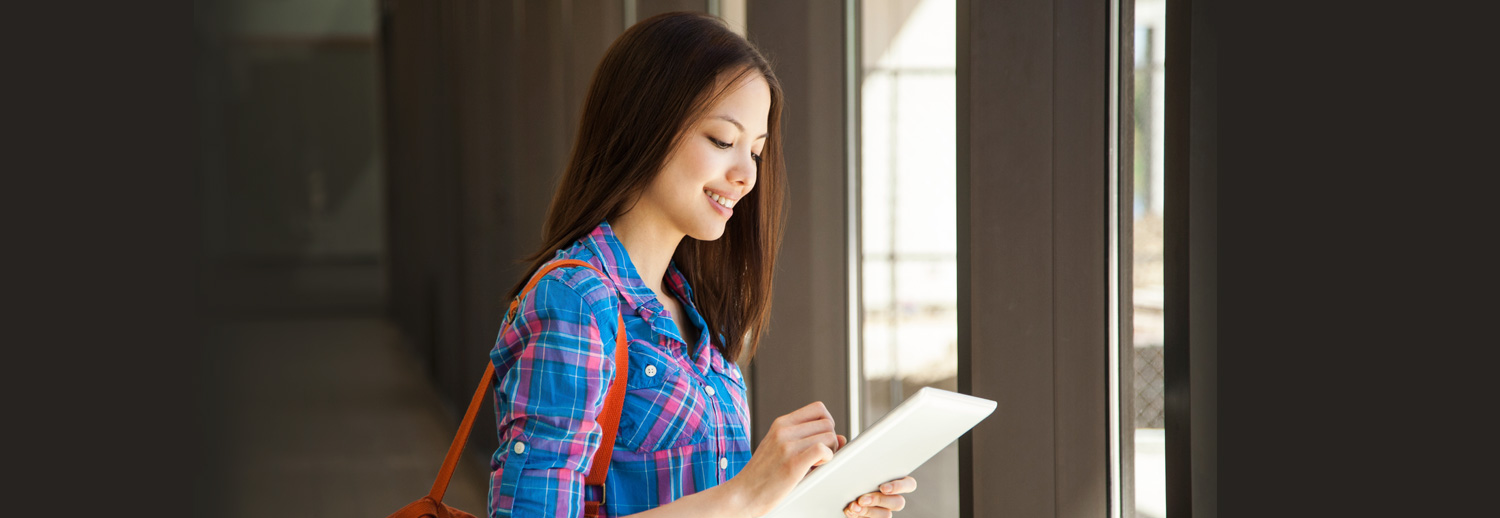Here we are in the 21st century where students are becoming academically independent. They can learn on their own, oftentimes without the teacher's intervention and most of the time they look for answers on their own. However, not all students are self-directed learners. There are still students left behind, still stuck on the traditional chalk-and-board, teacher-oriented classroom setup, and there are students that are somewhere in the middle.
It's important for teachers to recognize what types of students they have in their classroom, in order to better prepare their materials and adapt their teaching to the students learning styles.
The four stages of self-directed learners
According to education.com, self-directed learning views students as responsible owners and managers of their own learning process. These students are “not only involved in the learning process, but also lead their own learning process”. The question is, are your students self-directed learners? Let's find out:
Stage 1 — Emergent
Students are in the emergent stage when they are 100% dependent on their teachers. These students see their teachers as experts on the subject matter (even if it’s not always the case), and they would always say that it’s the teacher’s job to know what should be taught and motivate students to do whatever necessary work should be done.
Students look at their teacher as an authority figure that can never be wrong. They want explicit step-by-step instructions for something as simple as, say, solving particular statistics problems. An emergent learner is unbearably passive and may show little-to-no willingness to make choices, adapt to change, or take a role in planning their learning.
This kind of students are loosely very traditional because they rely on teachers alone for their learning. And though these students may be totally spoon-fed, they still have a chance of becoming self-directed.
Stage 2 — Beginning
In this stage a student is becoming more self-directed and tends to be a little interested and present in the learning process. The student responds to personal interactions with teachers and can be willing to set goals and link learning activities to such goals. In other words, these students don’t see the teacher as an authority figure anymore.
These students have a know-how in using productivity apps to maximize their learning. Also, these students are somewhat capable of working alone, maybe with little help from peers, but follow-up reports are still a necessity. The teacher's role is more of a motivator and guide.
Stage 3 — Developing
In this stage students see themselves as having skills and knowledge, and are very much willing to fully-engage when learning. They are more interested in looking for better and more effective strategies to improve their learning performance rather than just settle for what’s there. They hate mediocrity. They have an expanded vision of the learning process, see the value and purpose of their own experiences against the experiences of others, and they are very independent.
In the developing stage, students take more responsibility in prioritizing their learning, setting timelines for finishing tasks, and work as part of a team. They learn to develop better ways of understanding. They also see their teachers as facilitators. And of course, they are one stage away from being...
Stage 4 — Mature
At this stage, students are fully self-directed in learning. They set their own goals and use experts and various resources in order to reach their learning goals. These students are digital natives fully capable of maximizing the internet as their tool for learning.
They manage their time very well and organize learning tasks well ahead of time. They work with confidence and use various ways to research for any info they need. They work great with others and participate in personal reflections and peer critiques in a constructive manner. They think logically, and explain ideas clearly, convincingly and persuasively. They relate to their teachers as their consultants.
They are what I’d like to call 21st century students.
How do I help my students become mature self-learners?
The answer is that students and teachers must work together in order to move towards a more self-directed path. Students have to be flexible and willing to change, while teachers must motivate students to engage in class activities and reach their learning goals.
It’s about helping your students become self-motivated, because nowadays students should be (most of them already are) dynamic, active and responsive to change. So how do you help your students become self-directed? Let us know in the comments section below.







